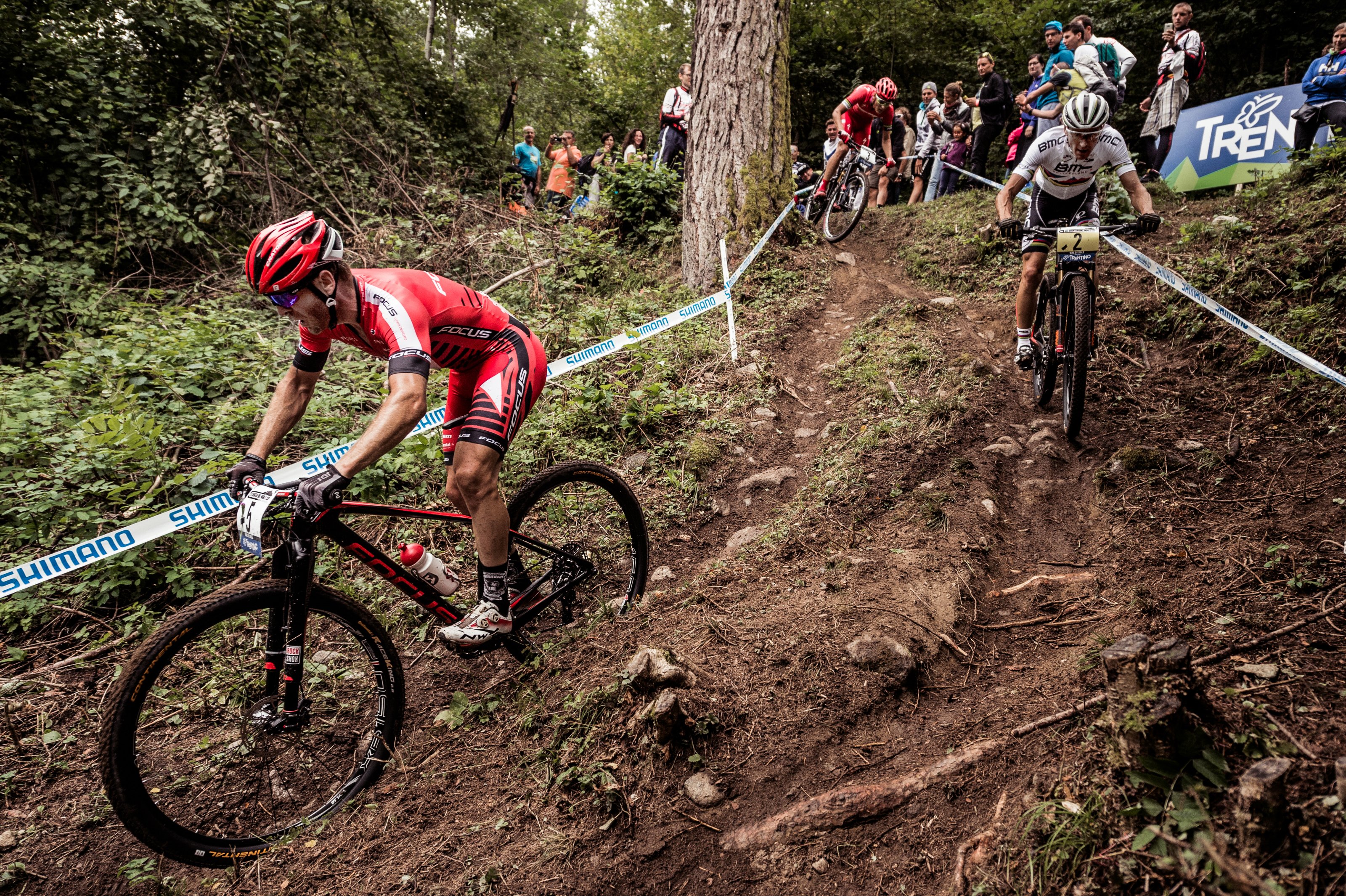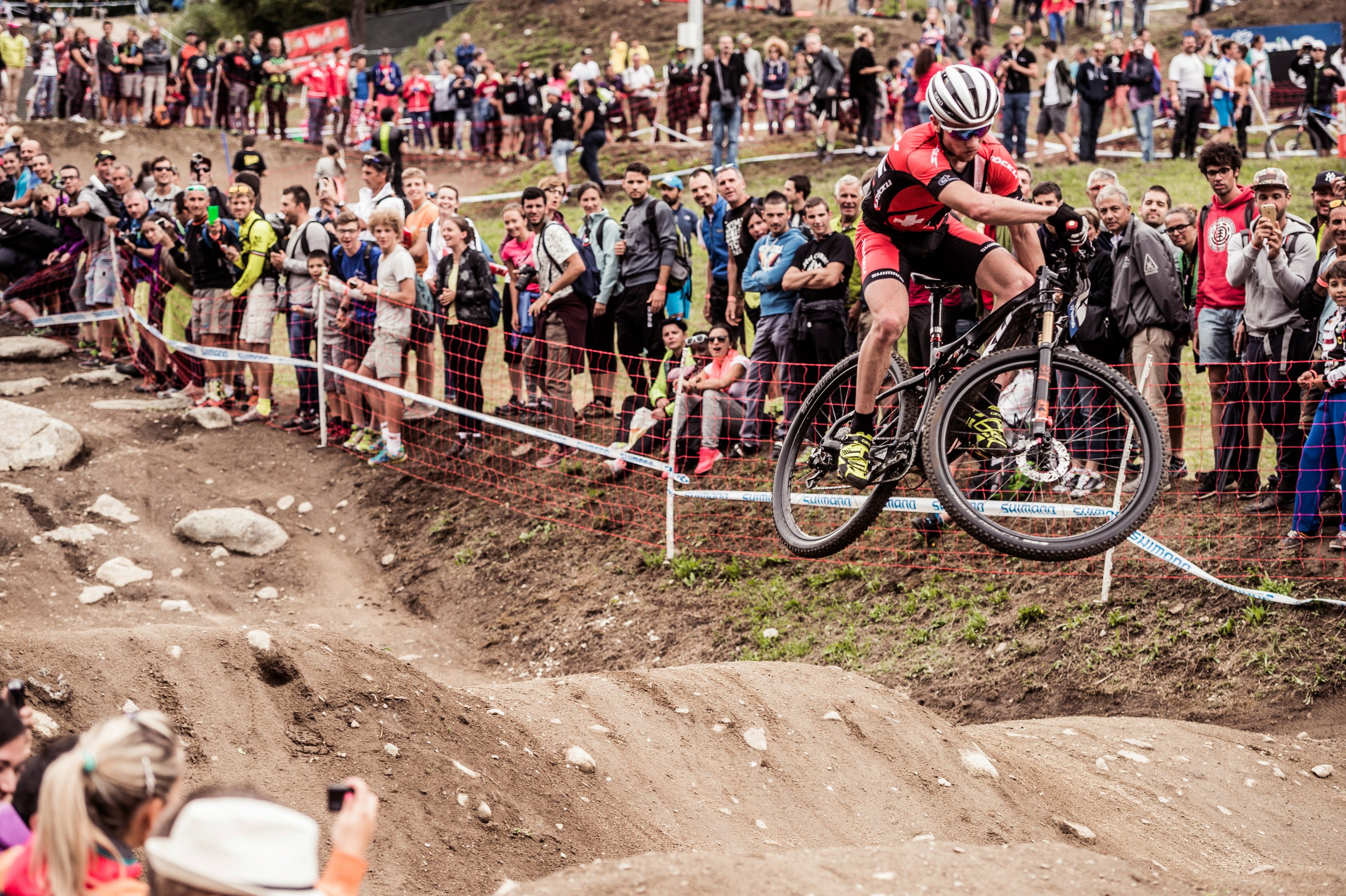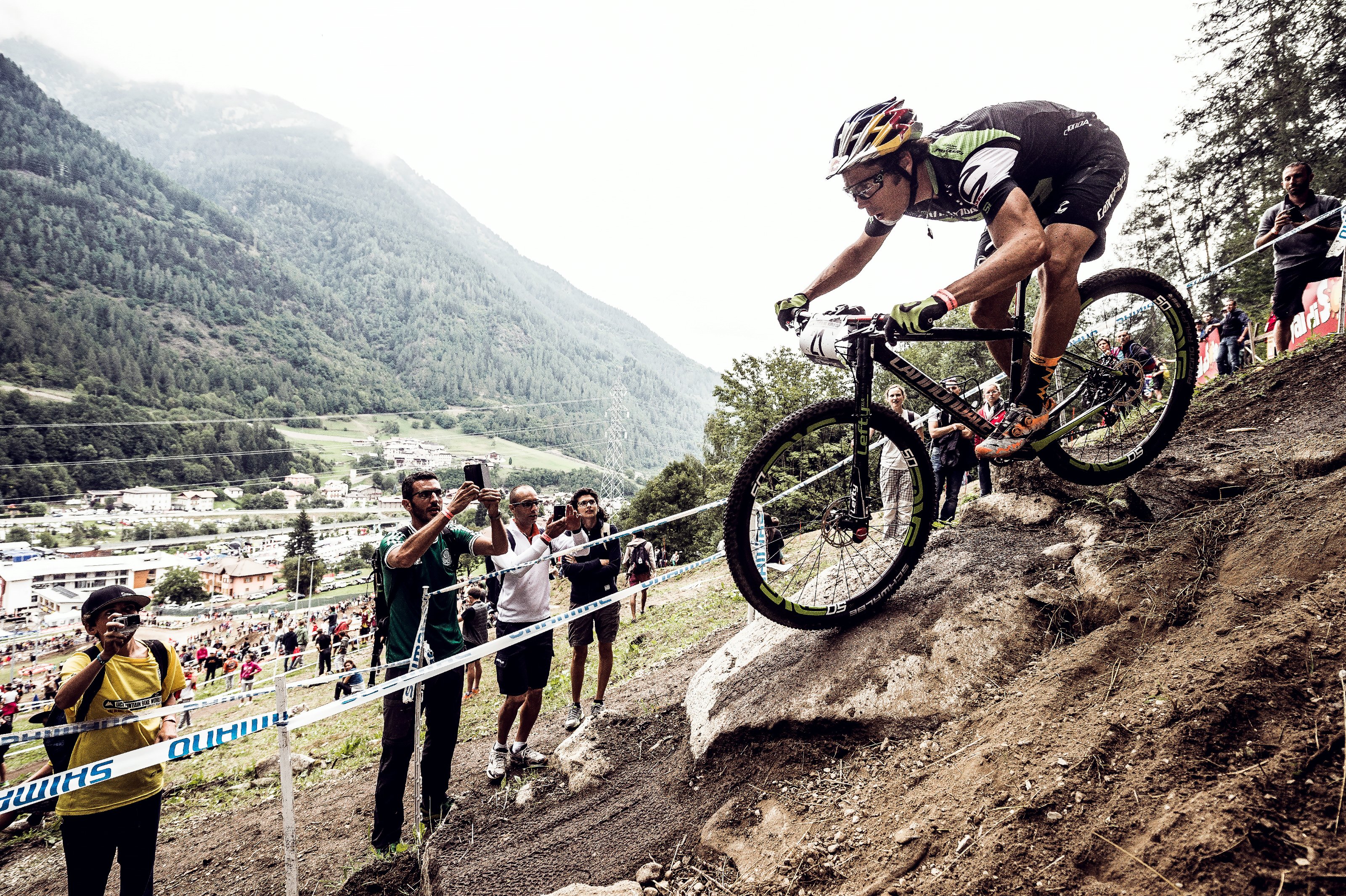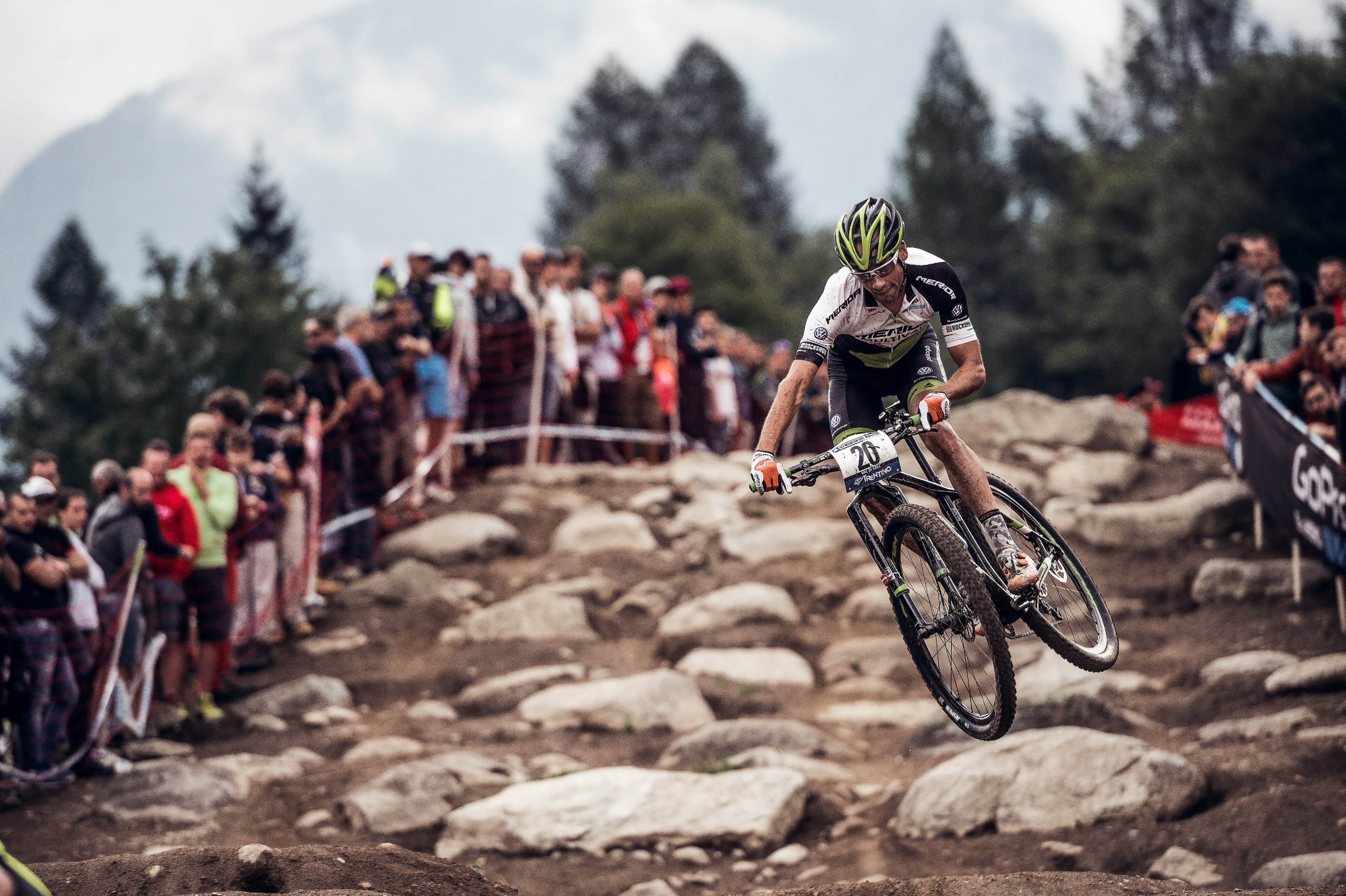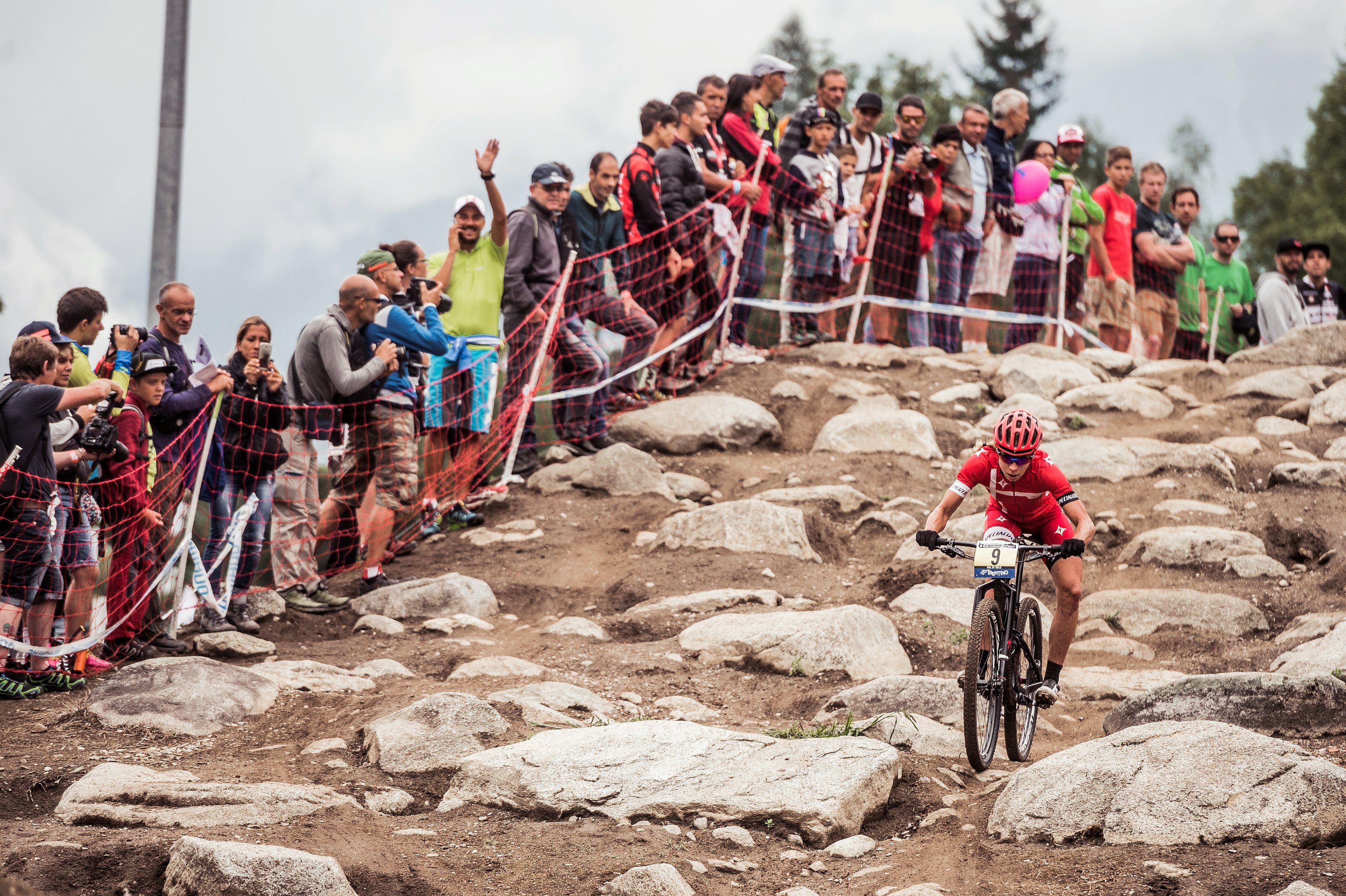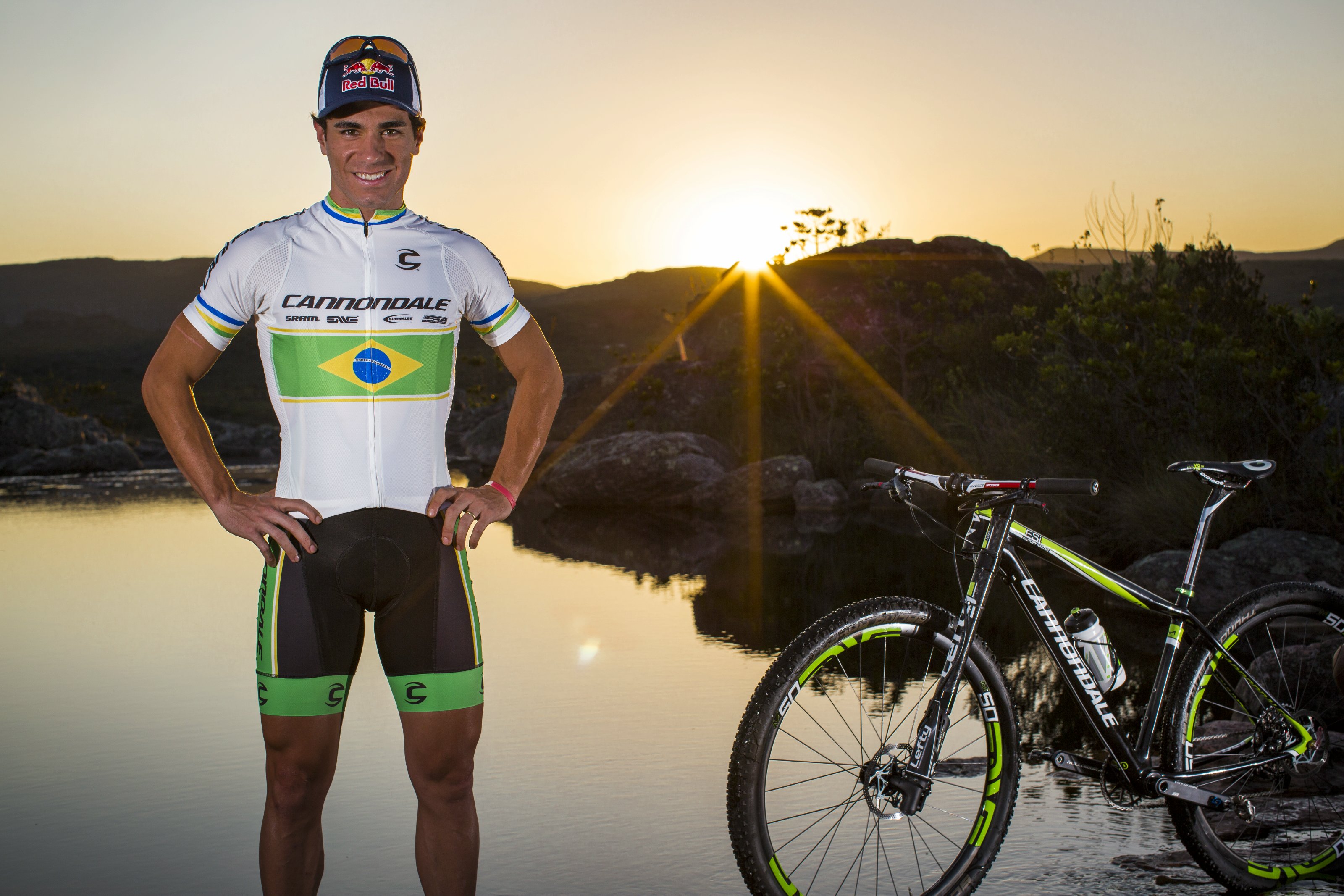
What are the rules for the Olympic Cross Country mountain biking event? And how will the format for the Olympic XC pan out?
Here’s a comprehensive guide to everything you need to know before watching the Cross-Country mountain biking at the Olympic Games.
If you want to become a five minute expert, understand all of what’s going on and produce some obscure facts in front of your friends, you’re in the right place.
Olympic Mountain Biking Cross Country XCO at Rio 2016 | The Race Rules and Regulations
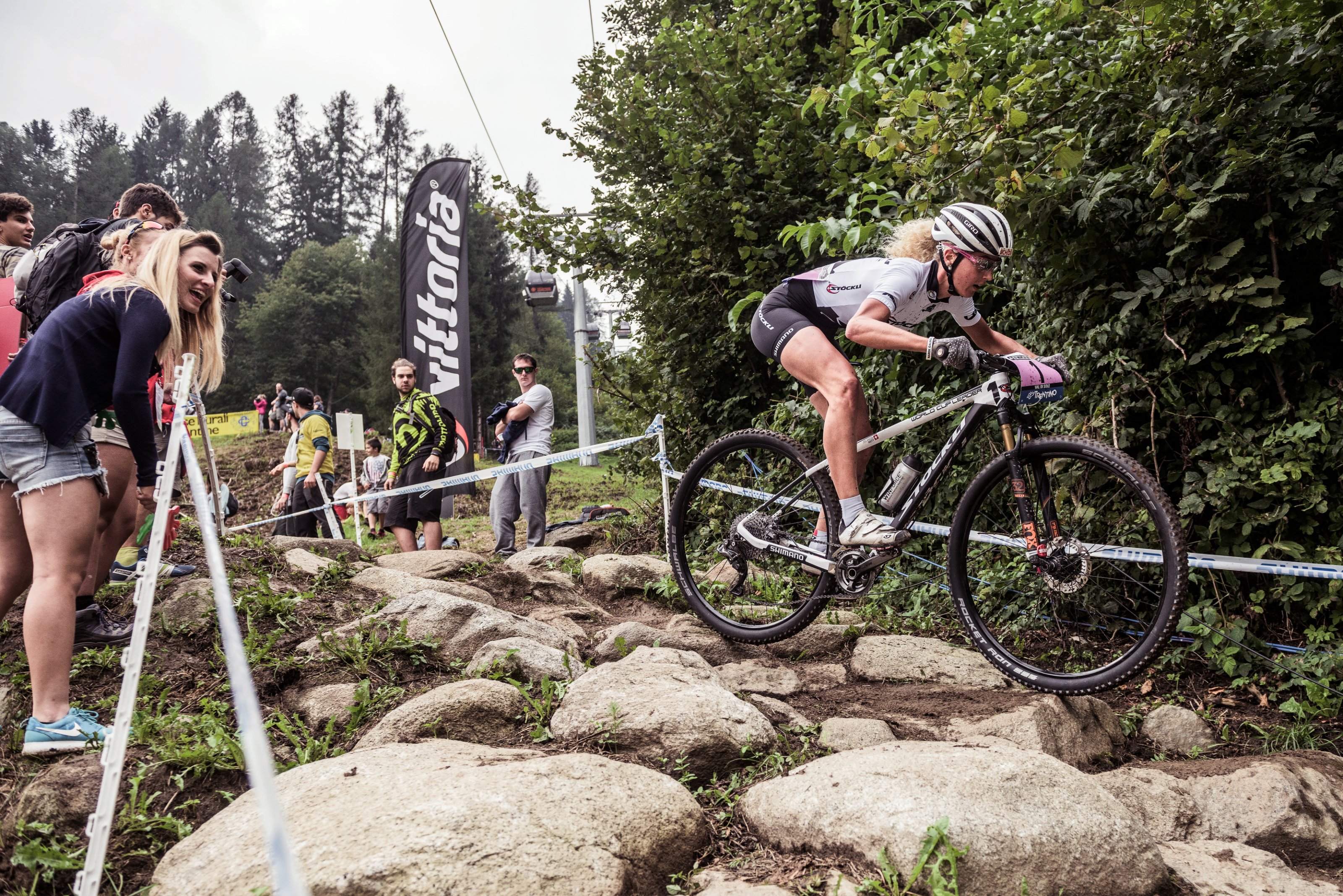
The rules for cross country mountain biking Olympics are actually pretty simple in the Games. The race has a mass start, with all of the riders starting at the same time, and the riders then have to finish a set amount of laps around the Olympic cross country mountain bike course, which for Rio de Janeiro will be 5km long. The first rider to cross the finish line after completing the required laps wins the gold.
Any rider whose time is 80% slower than that of the race leader’s first lap is pulled out of the race. He is required to leave the race at the end of his lap in the zone provided for the purpose – the “80%” zone – except when the rider is on their final lap.
